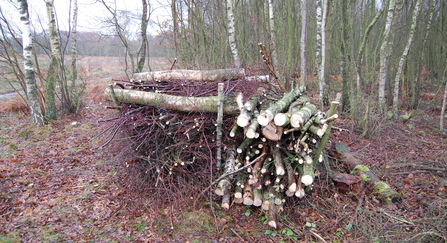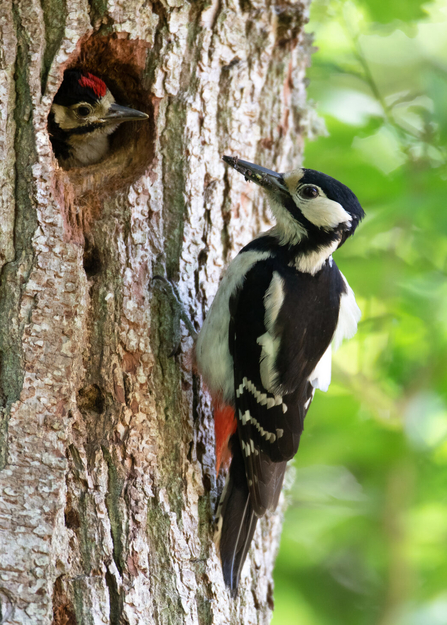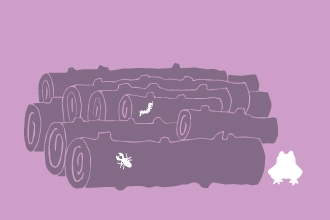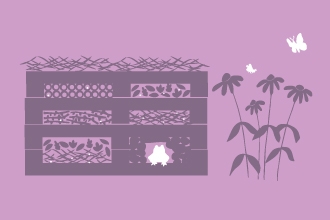We love trees for many reasons – a wander in the woods gives us a sense of calm, we are mesmerised by the sunlight dancing through the leaves, not to mention the colours of a changing season in the canopy. But we rarely pass a pile of logs without so much as looking at them. After all, it’s just some dead wood lying around – or is it? What happens when a tree’s life cycle comes to an end?
Contrary to popular belief, there’s not much dead about deadwood: long after their demise, dead trees give life to a myriad of living things. In fact, from the smallest hoverfly to the mighty owl, around 40% of woodland wildlife is at least partially dependent on deadwood habitats.
In the UK, around 2,000 invertebrate species are saproxylic – reliant on dead or decaying wood for either a part or all of their life cycle. If you have ever done a minibeast hunt in the forest, you will know the amount of creepy-crawlies scattering into all four directions when you lift a log.





